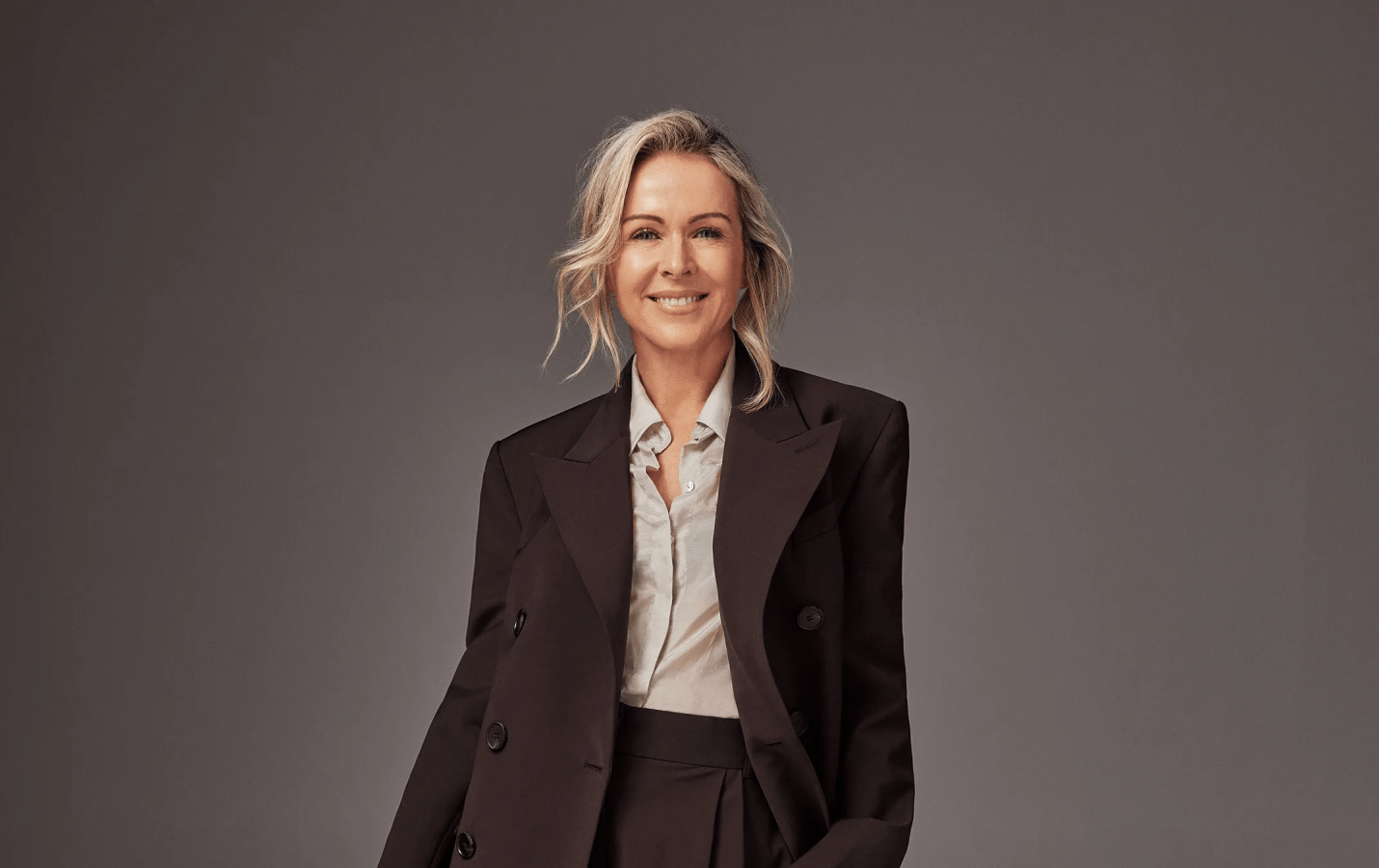Lead with intention and a desire to add value to the audience and the rest will follow.

In 2022, Braden Wallake, CEO of marketing start up HyperSocial posted a video of himself crying on LinkedIn. Some would say he was being his most vulnerable authentic self and yet the video went viral for all the wrong reasons.
Extensively reported in the media at the time and referred to as the ‘crying CEO’, Wallake had posted about his experience laying off several team members. Problem was that the post was all about his perspective and how it made him feel with little mention or thought about the staff who now found themselves without a job.
One might argue that Wallake’s biggest mistake was the lack of thought put into the post, its purpose and whether it served anyone but himself.
When it comes to powerful personal branding, it is not about putting all of yourself out there for the sake of attention. Your personal brand and anything you do to shape it may be about you, but it is not just for you. You are ideally using your image, voice, and likeness to represent a product, business, message or idea that is bigger than yourself. What part of yourself are you putting on show and for what purpose?
We ask ourselves,”if a tree falls in a forest and no one is around to hear it, does it make a sound?”.
When it comes to branding, personal or not, we could ask, “if you launch an idea, product or business and there is no audience, customers, or shared perception, can you call it a brand?”.
The moral of the story as it applies to personal branding is ‘be yourself’ yes, but make sure you keep your purpose and audience top of mind.
Organisational psychologist, executive coach and author of ‘Authentic Gravitas’, Dr Rebecca Newton, suggests leaders show up in a way that closes the gap between their intention and impact. In the book she says, “Being authentic demands clarity and discipline to sometimes move away from old habits, to try new things and be true to your intention for impact.” This then changes the game from focusing on ‘being yourself’ to being authentic to the version of yourself that allows you to lead, serve and connect with others purposefully.
As multi-dimensional, ever evolving, creative beings, it is unrealistic to think we would ever be able to encapsulate or communicate all that we are and all the roles we play. Nor should we aim to put everything on show and open for public debate. In case you are wondering how to know what to put out there and what to keep behind the scenes, here are 3 questions to help you decide-
Will sharing this add value to the audience I am reaching out to?
Does what I am sharing resonate with the person I want to be in the future?
Would I want what I am sharing to feature on the cover of the New York Times?
Numerous studies show consumers want to know and connect with the leaders of the brands they support. Talent wants to know the people they will work for when they are looking for roles. Investors want to get to know the founders of the companies they are potentially going to invest in.
It is not a question of if personal branding is relevant and important, it is a question of how you are going to make it work for you and for what purpose. My advice is lead with intention and a desire to add value to the audience and the rest will follow.
Carlii Lyon is a personal branding coach and speaker. www.carliilyon.com.au
Look back on the week that was with hand-picked articles from Australia and around the world. Sign up to the Forbes Australia newsletter here.


